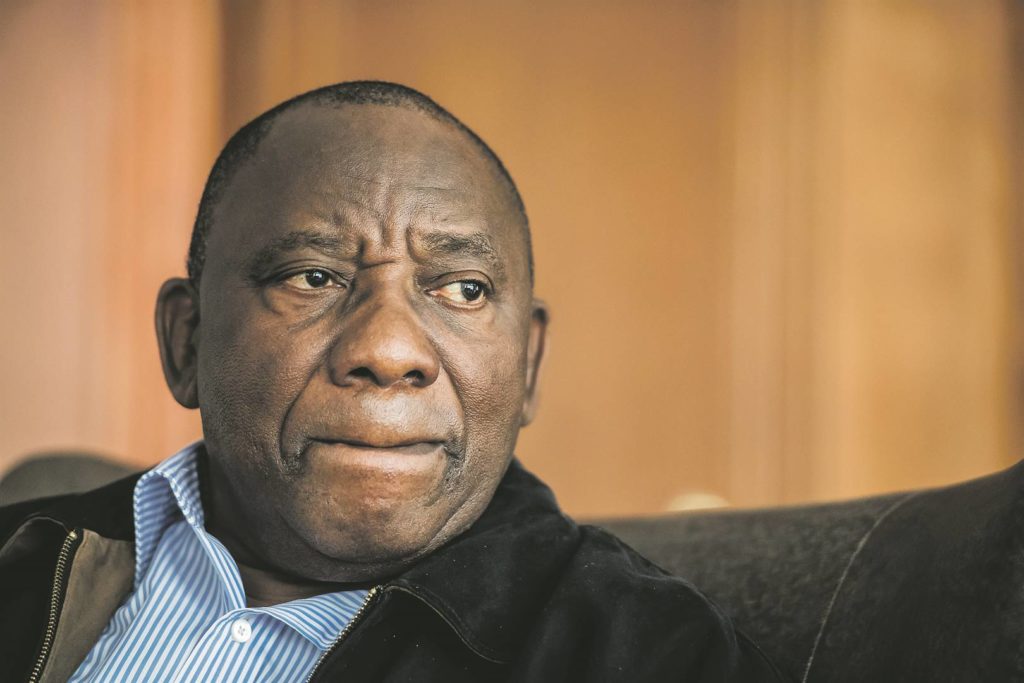IN THE vibrant tapestry of South Africa’s history, protests play a colourful, if at times, turbulent role. While whispers of unrest have always swirled through the nation, the winds changed direction in July 2021. An unrest so profound, it left behind a scar of over R50 billion in property damages.
Infrastructure vandalism, to drive a point home, was synonymous with how most protesters demanded to be heard by the apartheid state. That’s infinitely part of protest history, not only here at home, but beyond our borders.
For us to understand the nation’s future, let’s look at its past. Amidst the dark shadow of apartheid’s brutal laws, South Africa’s African, Coloured, and Indian (ACI) citizens bore the weight of discrimination.
Their pain, their fight, and their spirit of rebellion were rooted deeply in two theories. First, there’s the Relative Deprivation Theory (RDT), which surmises that when individuals feel lesser than their peers, a social movement is born.
The apartheid years had ACI citizens raising the flag of defiance, disrupting key infrastructure, reclaiming victories from the jaws of deprivation. Concurrently, the Social Identity Theory (SIT) tells us about the power of shared struggles. A bond stronger than racial or ethnic divides unified the ACI citizens, turning them into a formidable front against oppression.
Together, RDT and SIT sketch a narrative of collective rebellion that had a face, was intentional, driven, and firmly anchored in the quest for justice. Diving deeper into this historical fabric, a defining trait emerges – the unwavering clarity of intent in these protests. Far from fragmented and chaotic displays of dissent, South African resistance movements consistently showcased unmistakable objectives and solidarity.
These were political and activist movements that came to defi ne the trajectory of a free South Africa they had endeavoured. Twenty-nine years into our constitutional democracy, one is left asking since there were pivotal shifts that sculpted South Africa’s democratic horizon, what may have changed? One recent memory etched in the minds of most South Africans is the stormy events of July 2021, a beast that no one saw or predicted the wreckage it would leave behind.
It was two weeks like no other. As grey clouds gathered, casting an ominous shade over South Africa, they seemed to whisper tales from yesteryear. These are periods of bloodshed across decades of liberation struggle, whether one refers to the Sharpeville Massacre or the June 16 protests in Soweto. However, this wasn’t a mere echo of the past; it sang a different tune, one that needed the discerning eye of the individuation theory to unpack and comprehend.
During those tumultuous times, something peculiar happened. The once-defiant faces of individual protestors melded into one indistinguishable mass – a sea of anonymity.
It was as if the very identity of each person was swallowed whole by this gigantic entity, a phenomenon labelled as “deindividuation”. In an article I penned, earlier in July, titled – South Africa’s Eight Days of Anarchy – I shared an observation from a security guard that encapsulated the scene, a striking forfeiture of civility and order among the protestors.
This anonymity fuelled the chaos, turning ripples of discontent into a monstrous tidal wave. Historical uprisings were centred around principles, rooted in profound beliefs. But July 2021? It was as if it floated without a compass, appearing more opportunistic than principled, perhaps signifying an unsettling shift in society’s foundation. Fast forward to Human Rights Day, 21st March 2023. The air was thick with anticipation.
Led by the EFF (the face), a shutdown gripped the nation, protesting the ongoing electricity crisis, rampant unemployment, and questioning President Cyril Ramaphosa’s fitness to hold office. Yet, this protest was distinct. It bore an identity, a purpose that guided its participants. Shielded from the dangers of deindividuation, protestors marched with clarity and focus, not veering into the unpredictable realm of violence and deviance.
Their faces, their identities, and their intent were evident. By sunset, this tale of revolt, so different from the stormy days of 2021, culminated with handshakes in front of Mahlamba Ndlopfu, Pretoria. —M&G
